19 Best Employee Engagement KPI You Need To Know In 2022
Vantage Circle
DECEMBER 21, 2022
Using employee engagement KPIs is now integral to measuring your organization's engagement level. What Is An Employee Engagement KPI? Employee Engagement Key Performance Indicator (KPI) is a tool used to measure the engagement and its impact on the business. Improves employee retention. Turnover Rate. Cost per Hire.


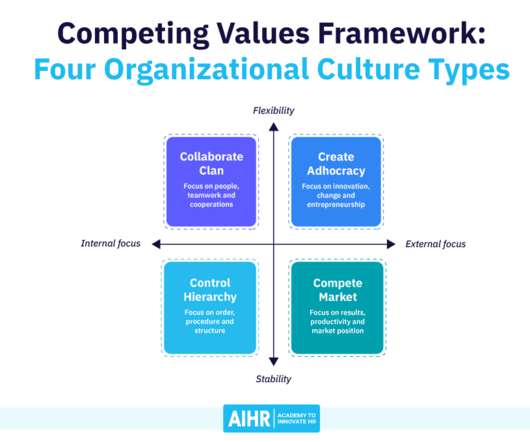

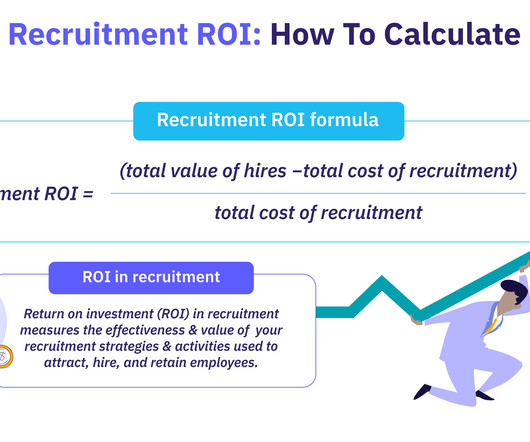

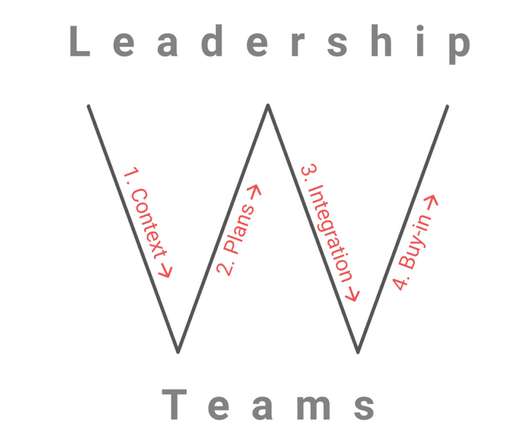
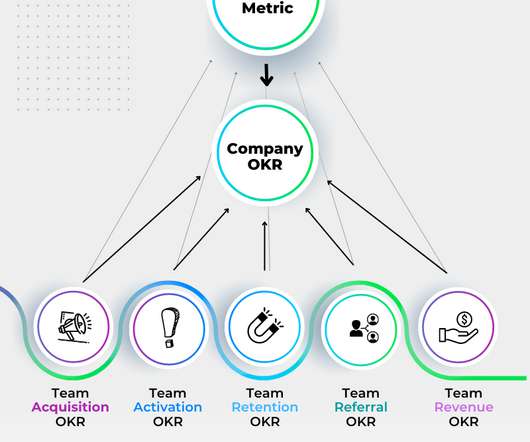
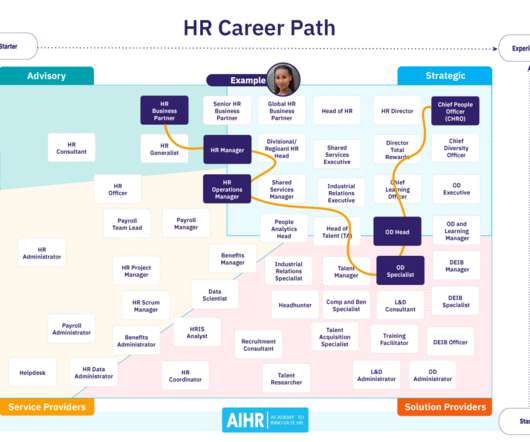







Let's personalize your content